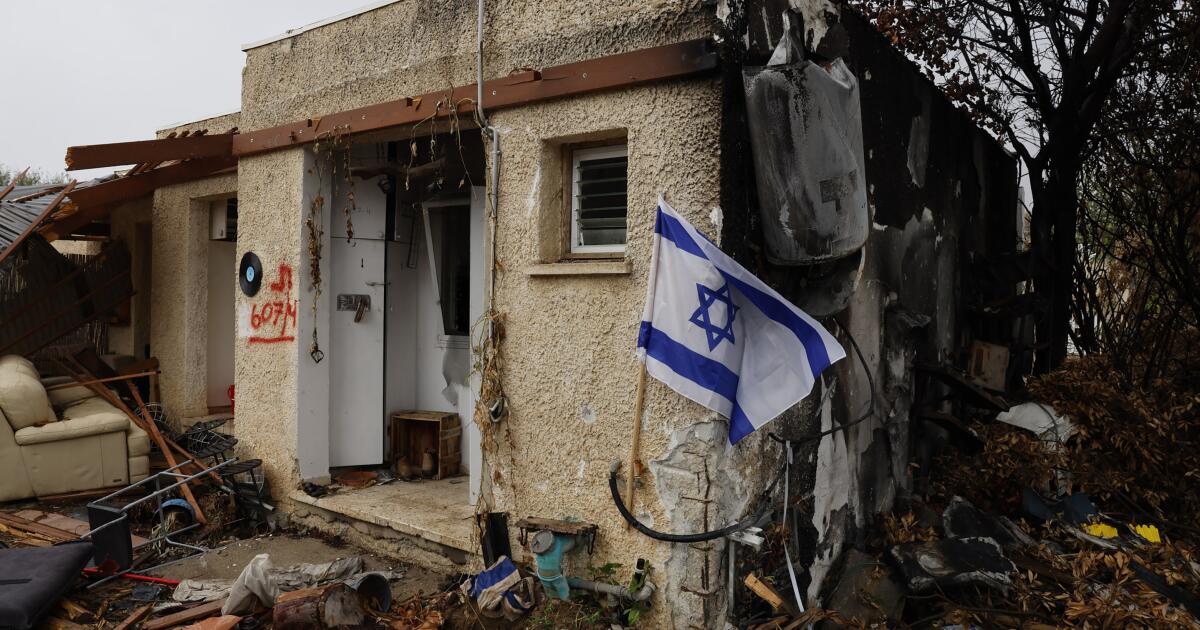Call groups can play a vital role in call centers that consistently experience high call volumes, although the benefits they bring and the best times to use them are often misunderstood.
First, a ring group, sometimes called a ring group, brings together several telephone lines or extensions to handle incoming calls collectively. This is done to provide more efficient distribution of calls between team members, ensuring that incoming calls are answered quickly and routed seamlessly to the appropriate person or department.
If you have a high-volume call center, there are a few key reasons why call groups should be a key feature of your phone system and overall strategy:
- Improve efficiency: Call groups ensure that calls are evenly distributed among team members, ultimately reducing missed calls and improving responsiveness.
- Elevate customer experience: Call groups can route calls to the appropriate agent or department so callers are quickly connected and directed to what they need. This can significantly impact the overall customer experience.
- Increase productivity: Call groups simplify the handling of incoming calls, allowing team members to focus on their specific areas of expertise and determine what they are good at.
A call group is often confused with a hunt group, which is a tool or feature of a telephone system that distributes calls according to predefined rules. Unlike call groups, hunt groups do not offer simultaneous ringing or dynamic call distribution; They simply send incoming calls to a group of users until one of them is available or all have been tested.
How call groups work
To set up a calling group, you will need to add it to your phone system's backend configuration.
The first step is to assign a unique phone extension to each member of the desired ring group. This serves as an identifier that allows your phone system to route calls to each specific agent.
The next step is to configure your interactive voice response (IVR) system so that its menu options send callers to the calling group whenever they choose the correct department or service that applies to it.
Please note that business hours and employee schedules influence the settings. To reduce hiccups, you should ensure your system routes calls to agents based on availability. For example, calls outside of business hours can be directed to voicemails and other contact points so that callers are not left waiting for a group of calls that has no one available to answer.
Call Group Ring Patterns
Next, you need to choose a ring pattern for your calling group. Your options will generally include the following.
- Simultaneous: All phones in the calling group ring at the same time, so the call goes to the first agent to answer.
- Sequential (linear): The phones in the calling group will ring in sequence and each call will be routed to the next available agent in a pre-set order.
- All against all: Each call is routed to the next agent in a rotating order. This creates an even distribution of calls among group members instead of always going to the first available agent in the same fixed order.
- Less recent: The system will route the call to the agent who has been inactive the longest. This promotes a fair distribution of the workload.
- Fewer calls: The system will route the call to the agent who has handled the fewest calls, which helps optimize workload distribution.
- Random: Calls are randomly routed to any available agent in the group.
Companies that need fast response times may opt for simultaneous call time, while those that want to develop team cohesion may prefer a shift pattern.
Sequential works well when there is a clear preference for the order in which people receive calls, such as contacting a department manager first.
A random ring pattern can add an element of unpredictability to the equation, which can promote a higher level of concentration among agents by encouraging them to remain alert in case they need to answer a call.
Seven scenarios where call groups are ideal
Call groups can be a great solution for many contact centers, but there are a number of scenarios where they really shine, especially versus hunt groups.
1. Multilingual support
For companies that need to answer calls in different languages, creating call groups based on each one is extremely useful, if not essential.
To set up a calling group for multilingual service, you can configure your IVR system with language prompts that instruct callers to press a number for their preferred language. From there, calls are automatically routed to a group of agents who are ready and able to help. Callers can get fast, accurate help in their preferred language, ultimately improving their experience.
You can also manage multilingual calls when you don't have multilingual speakers available, as ring groups offer voicemail boxes for callers to leave messages. This way, an agent who speaks the caller's language can respond to the message and contact the caller when available.
2. Overflow handling
In peak call volume scenarios, call groups are essential to manage overflow.
Setting up a call pool to handle overflow calls ensures that calls are distributed among available agents more efficiently during peak times. This avoids overwhelming individual agents.
You may have used a hunt group to resolve overflow situations before, but remember that a call group is probably a better solution. For example, because hunt groups use pre-established rules, they could cause delays and uneven distribution of calls during times of high traffic.
Alternatively, call groups have distributed, simultaneous ringing patterns, giving them a more effective and fair way to manage overflow. They also ensure that every call is handled promptly without favoring any agent.
3. Specialized departments
Call groups are an ideal solution for companies with many specialized departments.
For example, when you implement different call groups for different departments, your phone system can efficiently direct callers to experts who can answer their questions on the first try.
By comparison, search groups lack the precision needed to handle specific departments. This can cause delays in call response and potentially diverted calls, leading to a more negative customer experience.
Meanwhile, since call groups are customizable, they can be adjusted to meet the needs of larger businesses with multiple departments, ultimately resulting in happier customers.
4. Urgent projects
Call groups shine when you use them for time-sensitive projects and campaigns. This is especially true when you have a project staffed by multiple teams. This call group can be configured, used for the duration of the project, and decommissioned afterward.
Traditional voicemail-based systems and alternatives such as hunt groups tend to be too slow when time is of the essence.
Call groups allow for dynamic call distribution and simultaneous ring pattern features, which can be perfect if you want one person on the team to receive calls first, then the next, and so on. On the day of the event, you can switch to simultaneous if necessary.
5. Remote work support
If you've configured your phone system to account for agents working in different time zones, using call groups can efficiently route calls to agents based on their availability and location.
For a virtual contact center or call center with multiple locations, ring groups can play a vital role in ensuring that customer calls or texts are only directed to an agent who is on duty.
Hunt groups are also an option for routing calls to remote computers, but call groups are typically more precise and offer much more targeted call distribution capabilities. Additionally, they are more scalable to handle the complexities of large, distributed organizations.
6. Customer Feedback Lines
When you use a call pool for customer feedback lines, you can rest assured that agents will answer every call.
Many call centers use a single line setup or hotline to receive feedback, but these tend to be inefficient and provide poor coverage, which can lead to missed feedback opportunities.
With a calling group, you can incorporate a systematic and organized approach to handling customer feedback that can lead to better customer relationships and help you gather valuable business information.
7. Emergency response
In extremely urgent situations, you don't want a call to be mishandled. This makes call groups the best option for situations requiring quick and coordinated emergency responses.
You can set up a call group so that multiple team members receive call alerts simultaneously. This alone increases the chances of a quick and effective response.
Every second matters when responding to a cybersecurity incident, for example. Having a simple pre-established call group will go a long way in bringing together all the relevant communication experts.
Alternatively, choosing a search party for emergency scenarios can be risky. Unlike call groups, hunt groups do not have simultaneous ringing or specific routing features, which can slow or even stop emergency response efforts.
Therefore, the simultaneous ringing and dynamic call distribution features of call groups make them an essential tool for call centers dealing with urgent cases.












